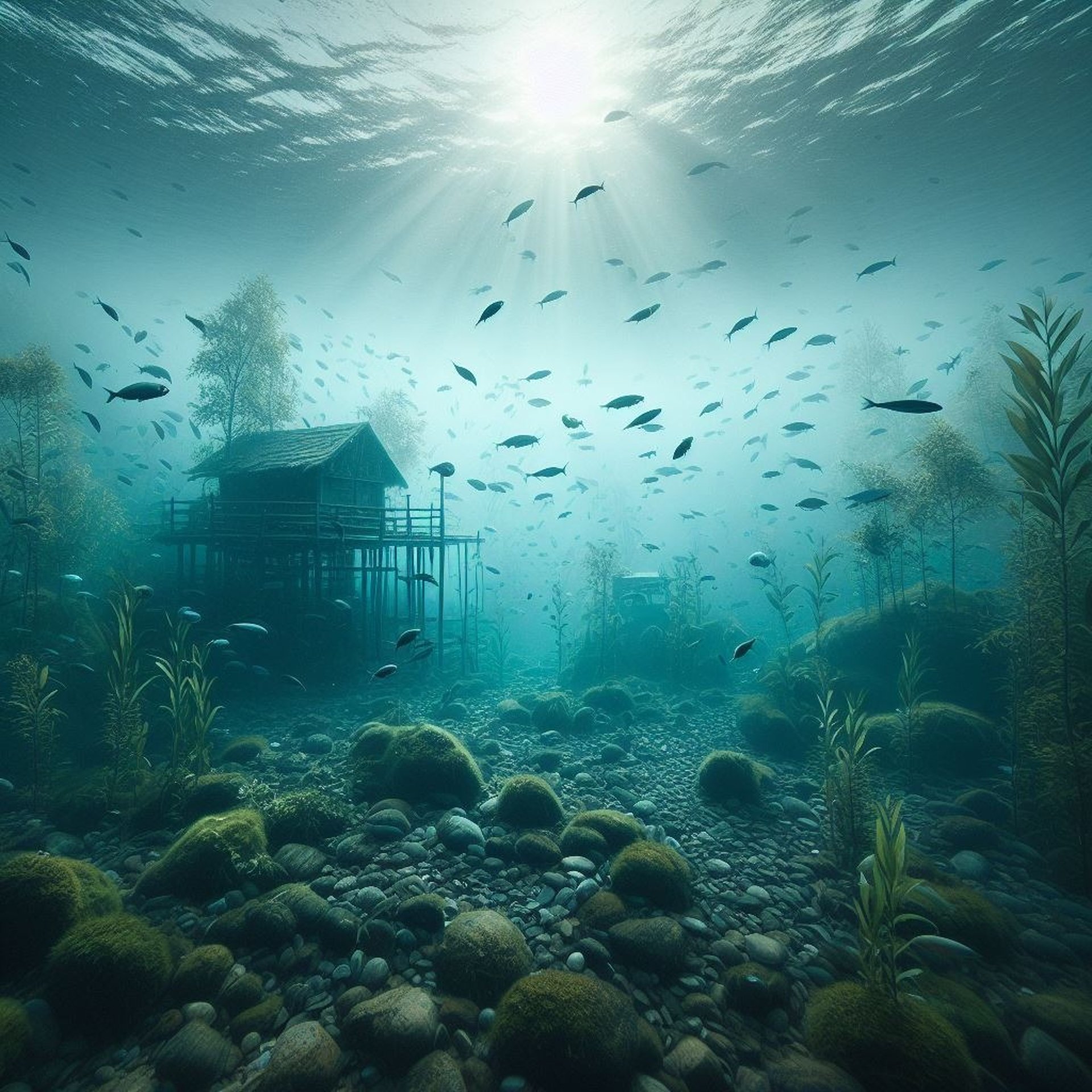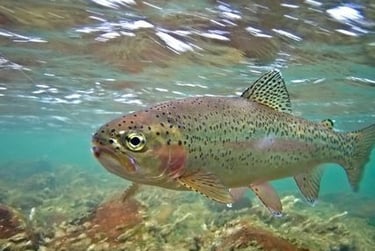
Trout Ireland
Beginnings: Trout farming is a significant aquaculture industry in Ireland, with a long history dating back to the 1950s. The country’s cool and clean waters, particularly in the west and south, provide an ideal environment for trout production.
Species: Rainbow trout (Oncorhynchus mykiss) is the most widely farmed species, followed by brown trout (Salmo trutta). Some farms also produce hybrid trout.
Areas: Some of Ireland’s Trout regions include area such as the Nore Valley and the Shannon River basin.
Environment: Trout farms in Ireland are subject to strict regulations regarding water quality, with monitoring and management practices in place to ensure minimal environmental impact.
Methods: Trout farms in Ireland typically use recirculating aquaculture systems (RAS) or flow-through systems, with a focus on sustainable and environmentally friendly practices.
Production: Ireland’s trout farms produce around 17,000 tonnes of rainbow trout annually, with a significant portion being exported to the UK, Europe, and other international markets.
Feeding: Trout farms in Ireland use a combination of natural and formulated feeds, with a focus on sustainable and locally sourced ingredients.
Sustainability: Ireland’s trout farms supply both domestic and international markets, with a growing demand for sustainably produced and certified trout products.
Investment: The Irish aquaculture industry invests in research and development to improve trout farming practices, disease management, and water quality monitoring, ensuring a sustainable and competitive industry.
Trout farming in Ireland involves producing and selling rainbow and brown trout to various markets, with farms focusing on different aspects of the life cycle from hatcheries to table producers, and efforts are made to ensure sustainability and minimize environmental impact.

The information on this website is for general informational purposes only. Fishfarmsolutions.com makes no representation or warranty, express or implied. Your use of the site is solely at your own risk. This site contains links to third party content, which we do not warrant, endorse, or assume liability for.


